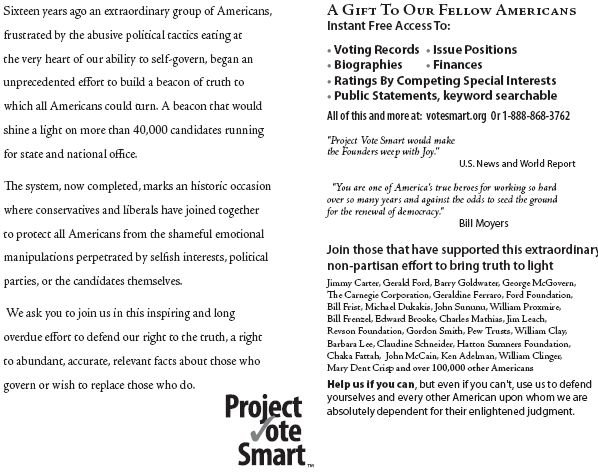As the deadline for the implementation of the first phase of the European Union's ban on incandescent light bulbs approaches, German shoppers, retailers and even museums are hoarding the precious wares -- and helping the manufacturers make a bundle.
The EU ban calls for the gradual replacement of traditional light bulbs with supposedly more energy-efficient compact fluorescent bulbs (CFL). The first to go will be 100-watt bulbs. Bulbs of other wattages will then gradually fall under the ban by 2012.
But many have mocked the light bulb legislation as just another example of an EU bureaucracy gone wild. In fact, in creating this legislation, the EU failed to address consumer preferences and the reservations of a number of other groups:
- For example, many have complained that the light emitted by a CFL bulb is colder and weaker and that its high-frequency flickering can cause headaches.
- Then there are complaints about the mercury the CFL bulbs contain, how there is no system for disposing of them in a convenient and environmentally friendly way, and how they allegedly result in exposure to radiation levels higher than allowed under international guidelines.
- For some, the issue is also one of broken promises: manufacturers of CFL bulbs justify their higher prices by claiming that they last much longer than traditional bulbs, but a recent test found that 16 of the 32 bulb types tested gave up after 6,000 hours of use.
- And then, of course, there's the issue of the light the bulbs emit. Many complain that the lights are just not bright enough and that they falsify colors.













1 comment:
Yes,
it is extraordinary to ban a safe popular product,
instead of dealing directly with any energy and emission problems.
See http://www.ceolas.net/#li1x onwards
The particular error of banning 100W+ ordinary bulbs is that bright CFLs or LEDs are comparatively difficult and expensive to make,
and the high wattage heat effect is not necessarily wasted (room heat substantially rises towards the ceiling by convection, and spreads downwards from there).
Banning frosted lights smacks of particularly unwarranted EU pettiness, for any marginal savings involved.
Clear lights (including halogens) have a strong glare - hence the overwhelming popularity of frosted lights for ceiling use.
Another problem is that small bright CFLs and LEDs are difficult to make, so that candle/golfball lights are bulkier and may not fit some lamps.
Supposed savings don't hold up for many reasons:
Just a few examples here: CFL Lifespan is lab tested in 3 hour cycles. That does not correspond to real life usage and numerous tests have shown real life type on-off switching reducing lifespan. Leaving lights on of course also uses up energy, as does the switch-on power surge with CFLs
Also, CFLs get dimmer with age, effectively reducing lifespan
Power factor: Few people know that CFLs typically have a power factor of 0.5 - that means that power stations use up twice as much power than what the CFL rating shows. This has to do with current and voltage phase differences set up when CFLs are used.
Although consumers do not see this on their meters, they will of course have to pay for it on their bills.
This is explained with official links including to US Dept of Energy here:
http://www.ceolas.net/#li15eux
Emissions?
Does a light bulb give out any gases?
Power stations might not either:
Why should emission-free households be denied the use of lighting they obviously want to use?
Low emission households already dominate some regions, and will increase everywhere, since emissions will be reduced anyway through the planned use of coal/gas processing technology and/or energy substitution.
Post a Comment